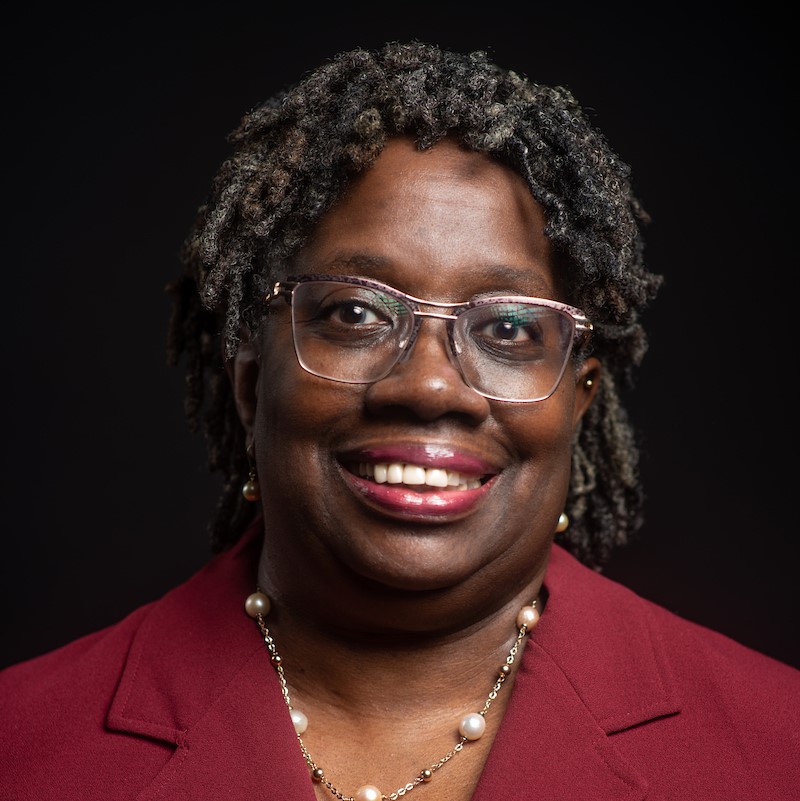Tackling “the Worst Housing Crisis Since the Great Depression” with Local Strategies and Big Picture Innovation: Q+A with Denise Scott
In a wide-ranging Q+A with Philanthropy News Digest, LISC President Denise Scott describes how the organization has pivoted and refined its strategies to support communities in the face of market shifts, climate disasters, a pandemic and countless systemic barriers to equity. What we need, says Scott, is “creative financing guided by collaboration with local people who are working toward lasting solutions—if we are going to really advance equity in this challenging time.”
The excerpt below was originally published by Philanthropy News Digest
Denise Scott, President, Local Initiatives Support Corporation: Supporting communities through affordable housing
By Samantha Mercado, Staff Writer with Philanthropy News Digest
 Philanthropy News Digest asked Scott about settling into her new position as president of LISC, one of the nation’s largest community development financial institutions, how the organization uses its investments to work with local community and government leaders at a time of historic crisis in the housing market and major economic uncertainty, the organization’s Diversity, Equity and Inclusion and Justice agenda and how it shapes the work, and how and when LISC evaluates its job as “finished” in a community.
Philanthropy News Digest asked Scott about settling into her new position as president of LISC, one of the nation’s largest community development financial institutions, how the organization uses its investments to work with local community and government leaders at a time of historic crisis in the housing market and major economic uncertainty, the organization’s Diversity, Equity and Inclusion and Justice agenda and how it shapes the work, and how and when LISC evaluates its job as “finished” in a community.
Since joining LISC in 2001, you’ve seen the organization evolve over multiple presidents’ tenures. How has the organization’s approach to housing policy advocacy changed over that time?
Our approach has changed in response to market shifts. We started many years back with a focus mainly on multi-family tax credit projects, and then we evolved to a broader housing strategy that included preserving single-family housing, both occupied and vacant, with a real push to focus on home ownership—not across the entire LISC footprint, but in certain strategic markets. I’ll call out New York because that’s where I started in LISC. Over time, we came to focus on both multi-family and some single-family homes, and then we started turning our attention to issues around community resiliency.
That, of course, has tied into disasters like hurricanes. LISC’s focus on rebuilding after disasters has grown to include attention around climate and resiliency to be more proactive.
Our federal policy advocacy is focused on increasing resources for proven programs which fight homelessness and housing instability and increasing investment in affordable rental housing as well as opening up homeownership opportunities for low- and moderate-income families. Home ownership is really more tied to a wealth-building strategy to try to build and preserve wealth for families, and help close the wealth gap between white families and families of color. That’s part of our Diversity, Equity and Inclusion, and Justice agenda.
You’re coming up on almost 10 years in a national leadership position at LISC. What are the biggest accomplishments that you’re most proud of so far?
I would say the significant volume of housing activity that we’ve been able to do over the last 10 years—especially the single-family stock, the rebuilding of communities after disasters—I think it’s a big accomplishment for LISC. We’ve helped put thousands of people back in their homes and guided them through a process that was devastating for them.
I’m also really proud of LISC’s increased focus on diversity, equity, inclusion, and justice and helping to build wealth in BIPOC [Black, Indigenous, and people of color] communities, especially Black communities. It’s internally focusing more on a DEIJ agenda, but also externally with our Project 10X, which aims to close racial gaps in health, wealth, and opportunity. My hope not only within LISC, but broadly, is that more folks who have expressed an interest in diversity and equity will sustain their focus.
One of the things that we pay close attention to on the housing front is what’s happening with the housing stock in terms of vulnerable families. We tend to step in with varied strategies to preserve the integrity of homeownership, the integrity of affordability. In the aftermath of 2008, when a lot of families were losing jobs and homes, we were stepping in to help find solutions to preserve and restore housing in many neighborhoods. You’re really helping to stabilize entire neighborhoods, not just individual houses. Similarly, that’s what happens when you step in to help rebuild after a storm or fire.